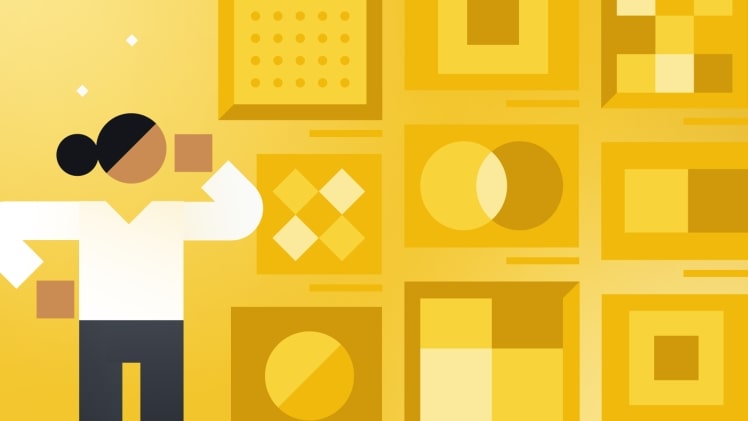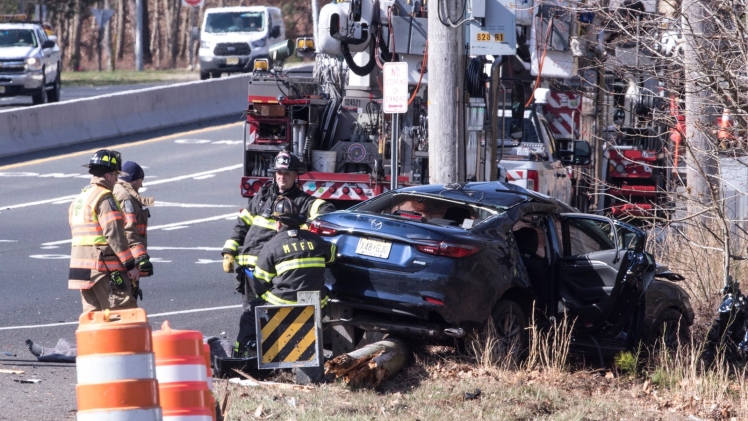NFTs have skyrocketed in popularity and aren’t slowing down. They, along with bitcoins, have shown that the collection of digital goods may have the same merits as the collection of physical items. Cryptopunks have had singular items sell for millions and other NFTs such as Bored Apes have garnered an incredible level of popularity and influence.
Following the success of the first NFTs, also known as the OGs, many followed in their steps and new art was created from the wave of novel artists. NFT marketplaces such as Digital Eyes have retained their status as the main method and place to purchase NFTs.
You may be wondering why do people even buy them and how could you get in on it too while you can? We’ll do our best to answer all of these questions and, even if you don’t end up wanting to purchase one for yourself, help you better understand the significance and motives behind NFTs and their collectors/creators.
How did it begin?
As with any new trend or movement, it’s important to understand how it began to gain a better understanding of its popularity and the interest it has garnered in the present. Digital art itself isn’t all that new and ever since it could be made, with the rise of digital devices, it has been made. From incredible photos created without a drop of paint to the massive and beautiful vistas in the latest games, digital art has gained great cultural importance and has been loved by many from its inception. The one thing where it has always differed from physical art has been sales. Buying a painting is simple, you get an object you can place and admire. Digital art is different though since it doesn’t have these features and it, as with any file, can be copied, pasted, and used in more than one place, with all the ups and downs that this entails.
NFTs were born from both the problems surrounding digital art sales and the use of the blockchain, a decentralized public ledger to keep track of transactions. The codes created in contracts involving the blockchain gave birth to a public record where you can check the price and ownership of an NFT at all times. It also provides a sense of uniqueness to the art, although you still can copy and paste the image, the ownership of the NFT will still remain with the person who purchased it and will be reflected as such in the blockchain. While the interests of cryptocurrency enthusiasts and artists may not have originally been the same, they have led them down the same path and both their interests were satisfied with the creation of NFTs.
Why do collectors buy NFTs?
As NFTs have gained popularity they have attracted many different people with different motivations behind their purchases. Depending on their personal interests they may have made the same purchases for entirely different reasons and seen the art they purchased in completely different ways.
A large number of the early adopters bought NFTs as they were excited to finally be able to own digital art without all the limitations that concept has had in the past. They purchased NFTs based on what they liked the look of and what made them feel something upon seeing it. Such collectors view prices mostly to filter what falls within their budget and make selections as one would with regular art, based on the look and artist for the most part.
There are also collectors who wish to have the rarest and most culturally significant art even if it may differ from their usual taste in art as the rarer and more important it is the greater value it had for them. These are usually the rarest as it requires a sizable amount of funds to be able to purchase multiple very rare NFTs due to each of them having high prices.
The last type of people who buy NFTs are the flippers or traders. These people purchase and use NFTs in a similar way to stocks or how cryptocurrencies are sold. While there were certainly some present during the early stages, most have appeared recently due to the massive growth of the market surrounding NFTs. Seeing the potential for profit due to the possibility of massive (and often quick) price fluctuations behind cryptocurrencies and NFTs they attempt to buy low and sell high, usually hoping to correctly predict which new (or just cheap) NFT collections will eventually gain such popularity that they will be able to sell them for a far greater price than they initially paid, basically investing into collections.
How do I buy an NFT?
If you wish to join in on the fun and get yourself some NFTs you’re going to need a few things before that, namely a crypto wallet and some Ethereum. There are multiple types of crypto wallets, but the most simple and popular option is a hosted wallet, where your funds are held by a third party. This doesn’t give you access to all features cryptocurrencies have but those are irrelevant if you only want to purchase NFTs. Simply choose a platform and create an account with a wallet. After you’ve made a wallet you need to make an account on a cryptocurrency exchange to be able to buy Ethereum.
Once you make an account simply connect your wallet to your profile and connect a payment method to your account. After all of this, you can buy some Ethereum and transfer it to your account.
With your newly acquired Ethereum, you can connect your wallet to an NFT market and browse until you find one you like. When you do you can bid on it and if your bid is the final one the appropriate amount of ETH will be deducted from your wallet + an additional fee called a gas fee which fluctuates based on how busy the site is at that time of day, remember to have enough to pay for both.
Finally, the NFT you’ve always wanted is yours and you are free to keep, trade, or sell it. We hope this guide has helped you gain a better understanding of the world of NFTs and maybe even helped you acquire your first one.





